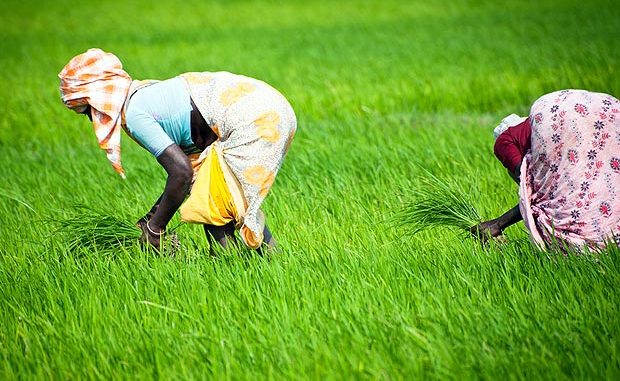
It estimates the current market (pulses and foodgrain the bulk) at $500 million (about Rs 3,350 crore). It was $360 million (Rs 2,400 crore) in 2014, says the study.
However, the study points to various challenges in sustaining such growth, “due to lack of government support, the courage (needed) to convert inorganic land into organic land, and absence of globally recognised consultancy for timely guidance to farmers. Thus, huge support from states and the Centre is required”, said D S Rawat, secretary-general, Assocham.
Attempts by many state governments to promote organic farming have not yielded the desired results, it says. The current certified area under organic farming in Punjab, for instance, is estimated at no more than 2,000 acres. And, there are critics.
“Organic agriculture has become irrelevant. India was indeed practicing organic agriculture till the 1960s but we faced acute shortage of food and had to depend on imported foodgrain. Thanks to (different) practices since then, Indian agriculture has steadily grown to make the country the second largest in production in the world. It is rather amusing that chronically food deficient states like Sikkim and Kerala brag about organic agriculture; foodgrain produced from Punjab and Haryana actually feed the people of these two states,” said Rajju Shroff, chairman, Crop Care Federation of India (a body representing agro-chemicals manufacturers and formulators).
A recent Grant Thornton-Ficci report titled estimates India’s foodgrain requirement at 333 million tonnes, well over the current output figure.
The government, meanwhile, has set a target to bring 500,000 acres under organic farming in three years, with allocation support of Rs 412 crore. Experts say a policy framework is needed for utilising this. Rawat adds it takes three years to convert farm land to organic practices. Which means farmers must be adequately compensated for full and half-crop losses in the first and second year, respectively.

Leave a Reply